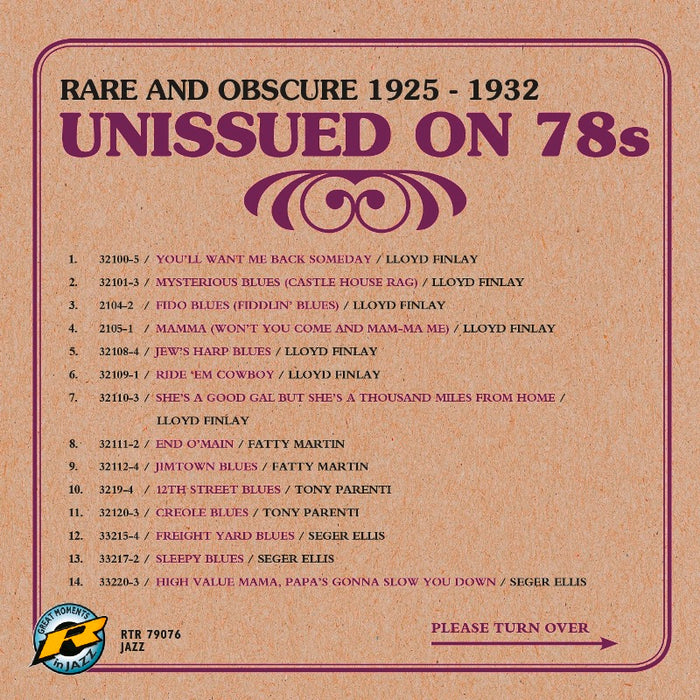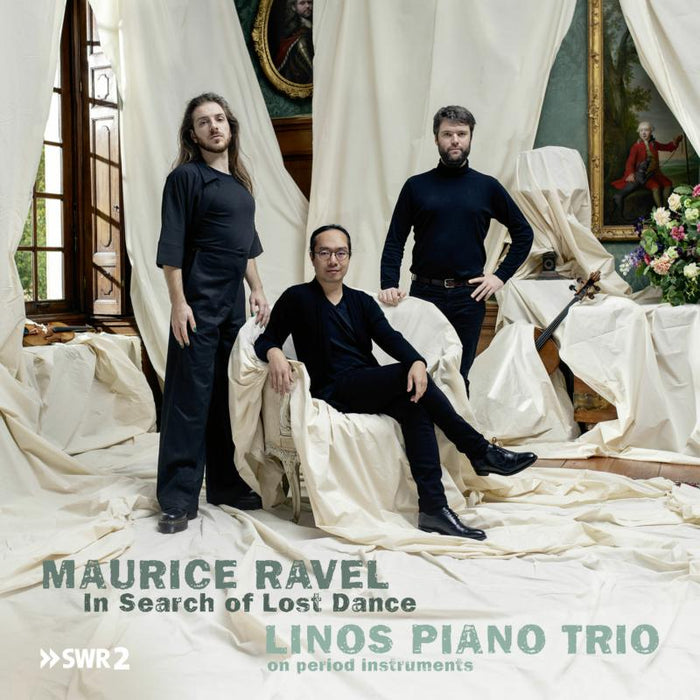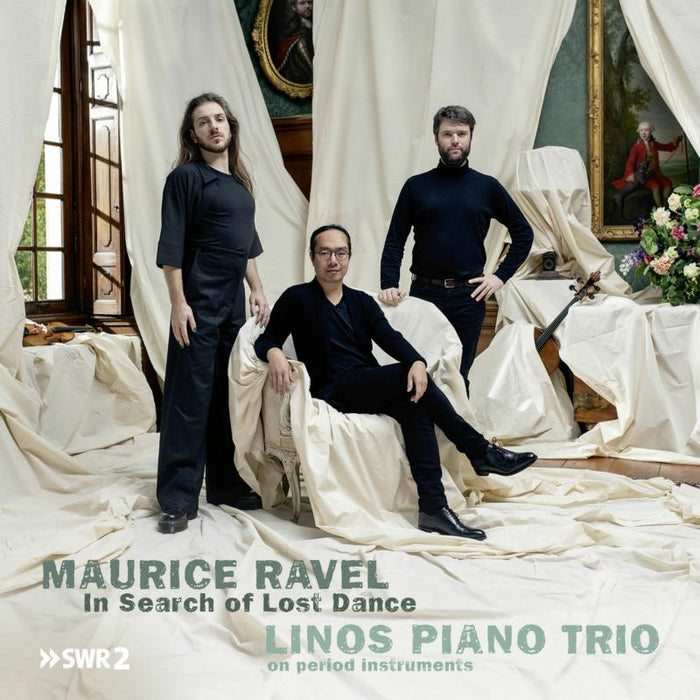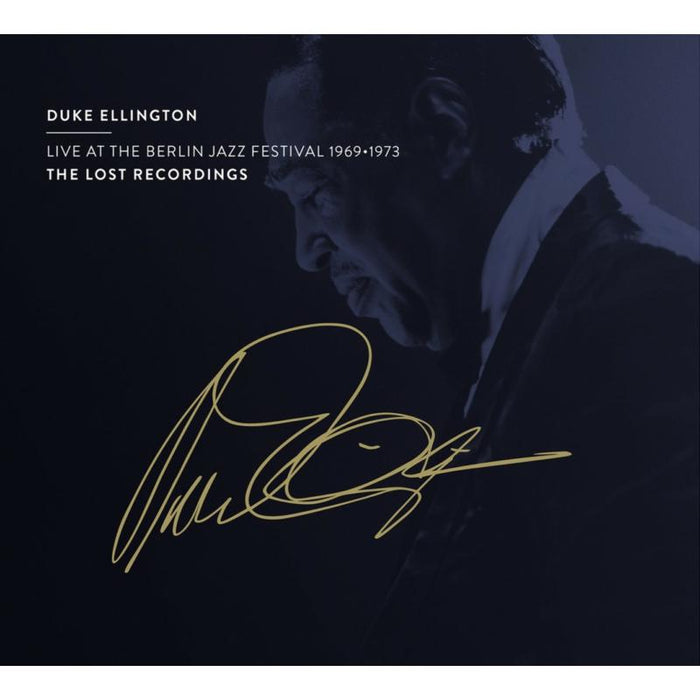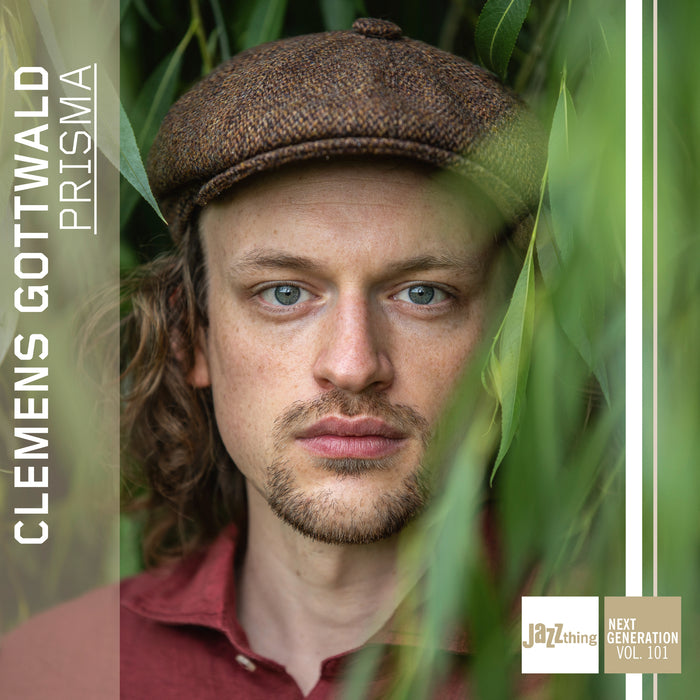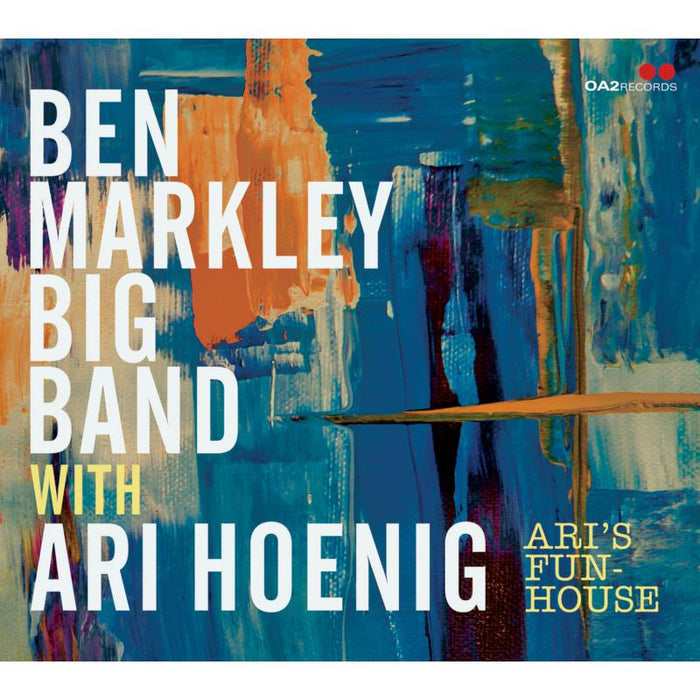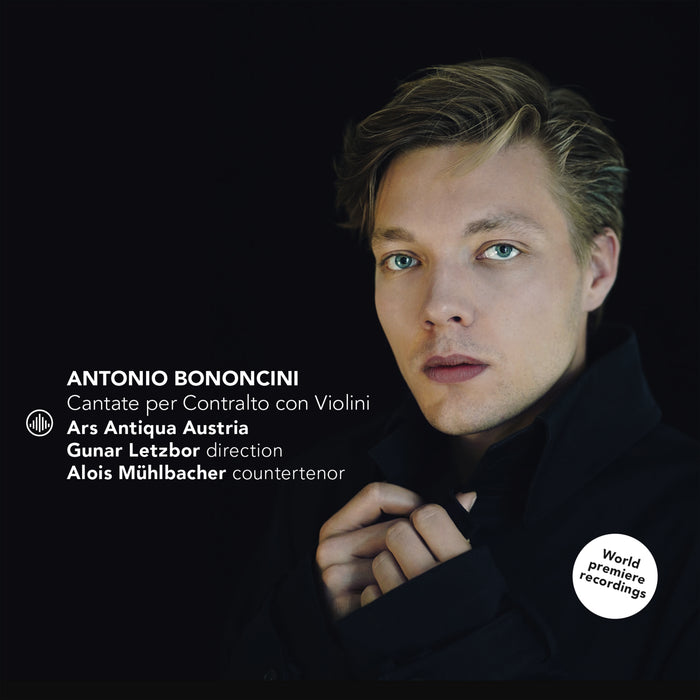Description
ARTHUR SCHOONDERWOERD and his ENSEMBLE CRISTOFORI are taking on the Beethoven Symphonies….but in a very different style.
"Tempo, accentuation, phrasing, or structural architecture are not the first thing that strikes us when we listen to Arthur Schoonderwoerd's performances of Classical orchestra music for the first time. Instead, the first thing we notice is that the music sounds different. The orchestra is unusually small. We might want to judge whether this is good or not, but that will not truly help us deal with the phenomenon in itself. Apart from the winds – in the usual line-up as called for in the score – the string section is barely larger than a string quartet, and it is pointless to dispute whether this is preferable to a large orchestra.
Schoonderwoerd': I am likewise often reminded that great composers such as Mozart and Beethoven loved to work with large orchestras. Indeed, that is also true. But they did not often have orchestras of such size at their disposal. The Eroica Symphony was premiered in the Viennese palace of Prince
Lobkowitz, in a hall for private performances not much larger than 115 square metres and 8 metres high. The usual number of musicians in that venue was twenty-four, allowing for the same number of members in the audience. There was hardly room for more.
The Mehlgrube, the Viennese venue where Mozart premiered his piano concertos, was not much larger.
AS: Hence my idea: if the number of musicians was so reduced, why not feature a line-up that follows exactly what we find in Beethoven's score? It calls for one first violin, one second violin, two violas, cello, bass, and the usual winds. In contrast, when the Orchestre de Paris plays Beethoven's Eroica in the new Philharmonie de Paris with 14 first and 12 second violins, 10 violas, 8 cellos, and 6 double basses, it sounds fantastic – but it is not something by Beethoven, it is already an interpretation.
Arthur Schoonderwoerd is regarded as one of the most skillful fortepianists of his generation. His interest reaches from research into the interpretation of music for piano of the 18th, 19th and 20th centuries and on the sadly forgotten repertoire of this period, towards the observation of the
great diversity of keyboard instruments that developped over these three centuries.



